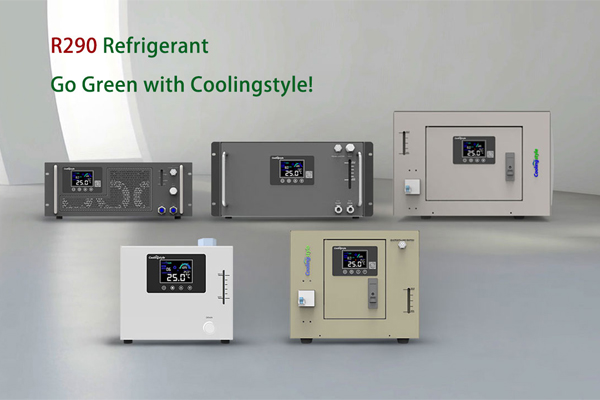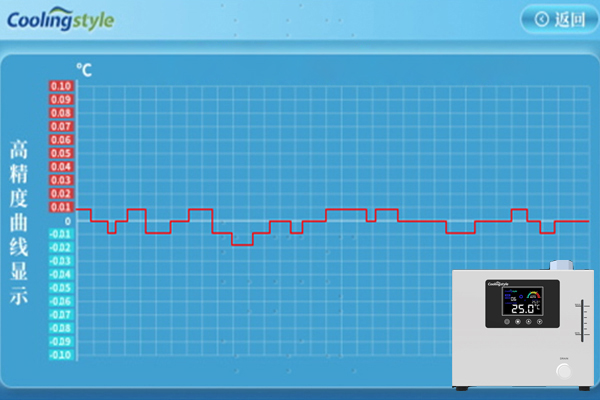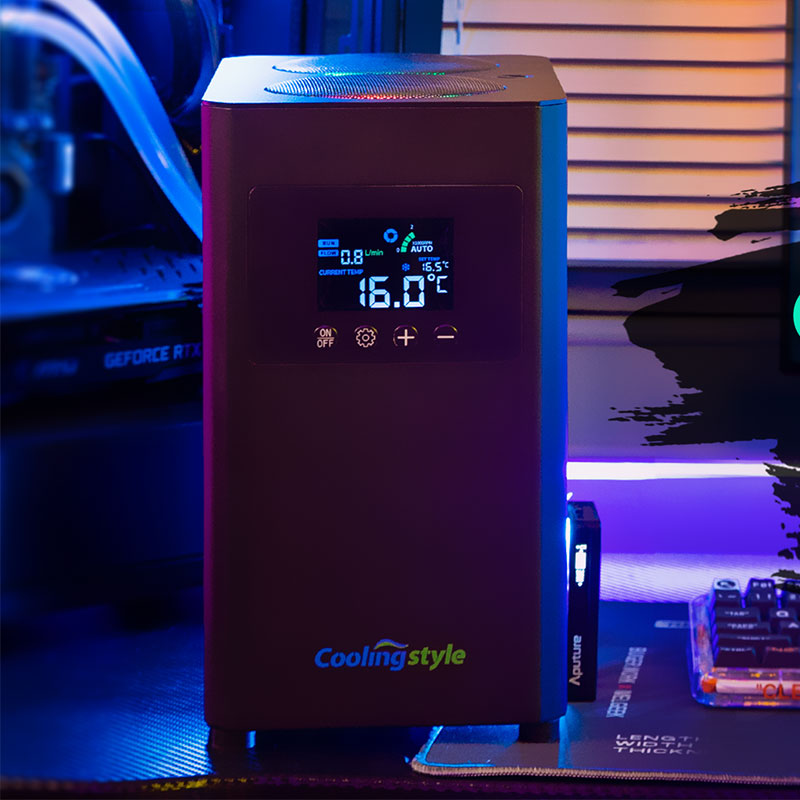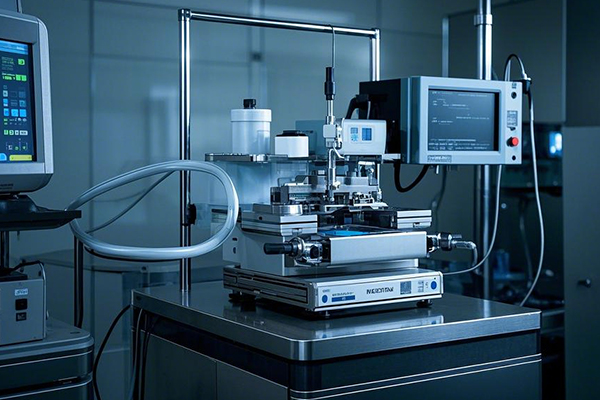Inventado en la década de 1960, Un láser es un dispositivo que emite luz mediante un proceso de amplificación óptica.. La capacidad del láser para leer, Corte, marcar y unir materiales duros, etc.. es ampliamente utilizado en muchas industrias.
¿Qué pueden hacer los láseres??
- Industria de consumo: Ya que 1974, Los escáneres láser han revolucionado el comercio minorista al leer códigos de productos universales (UPC), o códigos de barras.
- Fabricación: Los láseres se utilizan ampliamente para grabar., perforación, y marcar una variedad de materiales con precisión y velocidad.
- Industria médica: en salud, Se emplean láseres para la eliminación de tejido., Cirujía de ojo, procedimientos cosmeticos, y más.

¿Por qué los láseres necesitan gestión térmica??
El funcionamiento de los láseres., especialmente los industriales, Genera una cantidad significativa de calor que debe controlarse para garantizar la eficiencia y la longevidad.. He aquí por qué la gestión térmica es crucial:
- Evite resultados de mala calidad: Durante la operación, Los láseres utilizan gases auxiliares. (como el nitrógeno, monóxido de carbono, y helio) convertir la energía eléctrica en luz coherente. Este proceso genera calor sustancial que, si no administrado, puede degradar los resultados de fabricación.
- Eliminar el calor residual: Los diodos láser de mayor potencia son particularmente propensos a fallas de campo causadas por un calor excesivo.. La eliminación eficiente del calor previene daños catastróficos y prolonga la vida útil del láser..
- Mantener la precisión: El sobrecalentamiento disminuye la precisión del rayo láser., impactando negativamente el rendimiento.
Cómo aplicar la gestión térmica para láseres?
Para láseres de alta potencia como el CO2, disco, diodo, y láseres de fibra, La refrigeración fiable y eficiente es esencial para mantener un rendimiento constante., incluso durante las fluctuaciones de carga. Componentes clave como resonadores, óptica, y los cabezales láser requieren un control preciso de la temperatura.
La solución más eficaz para la gestión del calor por láser es el uso de enfriadoras industriales.. Un enfriador de alta calidad garantiza temperaturas estables y fluctuaciones mínimas, tanto a carga completa como parcial, mejorando el rendimiento del láser.
Cómo elegir el enfriador adecuado para la refrigeración por láser?
Para seleccionar la enfriadora ideal, se deben considerar varios factores:
Por ejemplo, una enfriadora con una capacidad de refrigeración nominal de 550 W a una temperatura de refrigerante y aire ambiente de 20 °C puede cumplir requisitos específicos.
- Y han lanzado con éxito modelos de compresores en miniatura que se pueden utilizar en una variedad de campos.:
- Un enfriador debe soportar la carga de calor del láser., expresado en vatios o BTU/h.
- La capacidad de refrigeración se define por el rendimiento nominal en condiciones específicas. (p.ej., 25Salida de refrigerante en °C y aire ambiente a 25 °C).
- Por ejemplo, una enfriadora con una capacidad de refrigeración nominal de 550 W a una temperatura de refrigerante y aire ambiente de 20 °C puede cumplir requisitos específicos.

2. Tipo de refrigerante:
- La elección del refrigerante depende de las necesidades del láser.. Las opciones comunes incluyen agua del grifo., glicol de agua, y desionizado (DE) agua.
- Agua del grifo: A menudo se trata con aditivos como algicida o etilenglicol para prevenir el crecimiento de algas., corrosión, o congelarse.
- Agua desionizada: Requiere materiales compatibles con DI y una caja de desionización para mantener los niveles de resistividad, ya que puede ser corrosivo para muchos materiales.
3. Rendimiento de la bomba:
- La bomba controla el caudal y la presión del refrigerante.. Las bombas de desplazamiento positivo garantizan un caudal constante independientemente de los cambios de presión del sistema.
4. Funciones adicionales:
- Filtros de refrigerante: Evite que partículas dañinas dañen el láser o la bomba.
- Interfaces de comunicación: RS-485 o conexiones similares permiten el monitoreo y funcionamiento remotos de la enfriadora.. Esto permite realizar ajustes para establecer la temperatura., presión de refrigerante, y condiciones de falla.
- Alarmas de temperatura: Las alarmas de temperatura alta/baja protegen el láser de daños causados por un refrigerante demasiado caliente o demasiado frío..
- Alarmas de bajo flujo: Protege tanto el enfriador como el láser del refrigerante congelado.
Conclusión
La gestión térmica adecuada es fundamental para que los sistemas láser mantengan el rendimiento, prevenir daños, y garantizar una larga vida útil. Las enfriadoras industriales son la piedra angular de una refrigeración eficaz, ofreciendo un control preciso de la temperatura, características de seguridad robustas, y compatibilidad con diversas necesidades de refrigeración. Eligiendo el enfriador y el refrigerante adecuados, Los sistemas láser pueden funcionar de la mejor manera, admite aplicaciones exigentes y de alta precisión con confianza.






2 pensamientos sobre "El papel esencial de la gestión térmica en aplicaciones láser”
Homeservices.Blogspot.Com.
Homeservices.Blogspot.Com, Homeservices.Blogspot.Com.
Yay, Google es mi batidor mundial y me ayudó a encontrar este sitio excepcional.! .